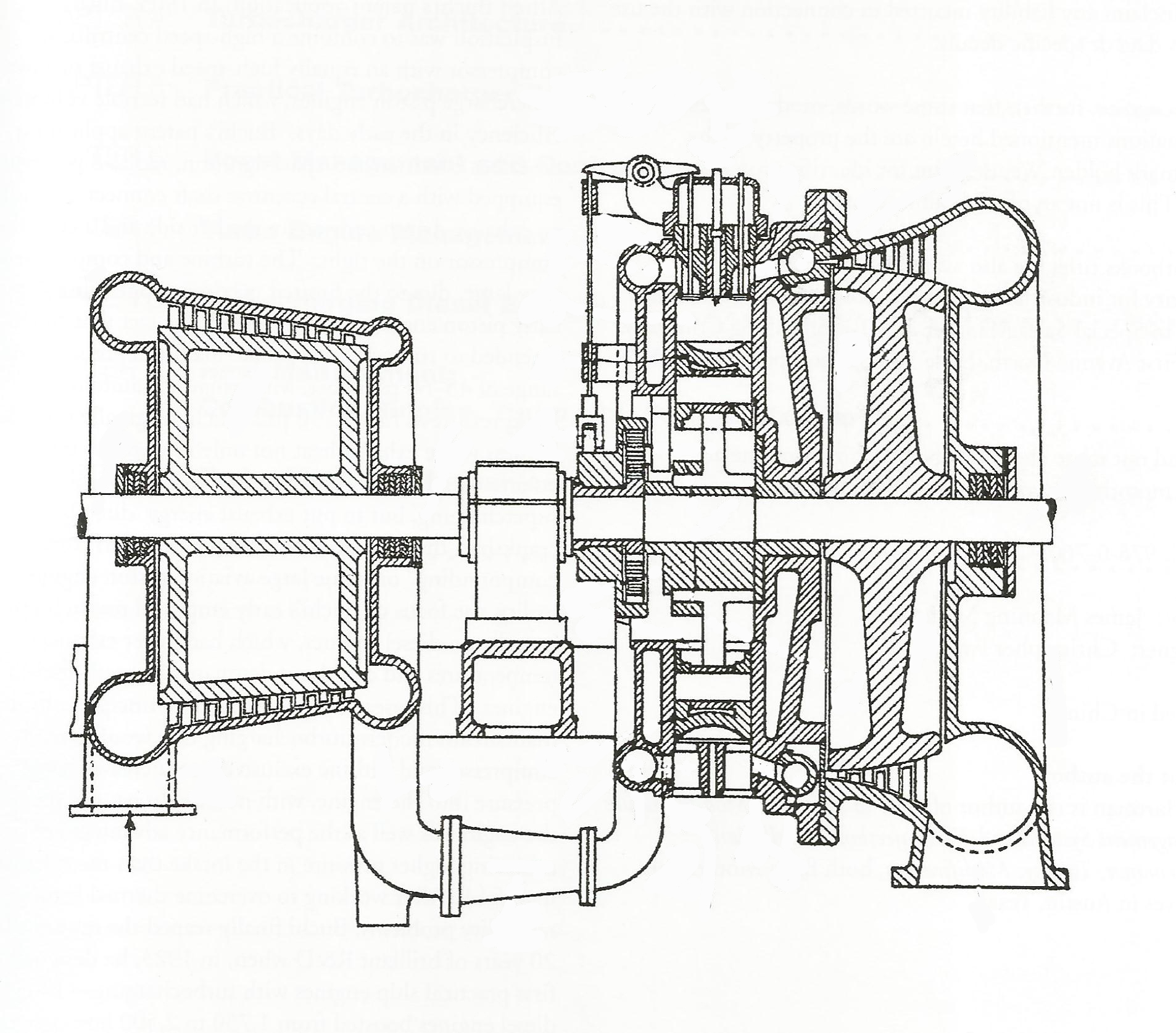Turbocharging the Formula One way
Little did Swiss inventor Alfred Buchi realise at the time that his patent application to pressure charge the internal combustion engine using what amounted to ‘waste’ exhaust gas would fundamentally change the landscape in the automotive performance some 100 or so years later. His idea of powering an axial flow compressor using an axial flow turbine was indeed inspirational, but was essentially brought about by the poor engine volumetric efficiencies of the period. Since then of course, engineers have learnt to understand much more about engine breathing, and so turbocharging – as it now commonly called – using a high-speed centrifugal compressor powered by a radial inward flow turbine, is usually now more about improving engine thermal efficiency than simply its volumetric efficiency.
The great issue with the turbocharger, if you have ever tried to install one, is its sheer bulk. Consisting of an aluminium compressor at one end and cast-iron turbine at the other, separated by a cast-iron, oil pressure fed bearing housing that needs drain facilities to take this oil away, packaging the device under the engine cover of a typical Formula One car is going to be more than just a problem. Furthermore, with the 2014 Formula One technical regulations specifying that the single-stage compressor be linked to the sole single-stage exhaust turbine “by a common shaft parallel to the engine crankshaft and within 25 mm of its centre line”, your design options are strictly limited.
But innovation is the lifeblood of motorsport, and making each part work to its absolute best is the racecar designer’s brief. And so adapting turbocharger technology to the pencil-thin bodies shrink-wrapped around driver and engine components requires just a little more than finding a space big enough.
In one application I am aware of, the separate entities of the turbo unit have been split, with the compressor positioned at the front of the engine and the turbine towards the rear, linked together by a long shaft travelling through the vee of the V6 engine. Supported by at least two roller bearing cartridges included in the vee will be an electric motor/generator linked not only to the exhaust turbine but also to the compressor. When not scavenging excess power out of the exhaust as a generator and delivering it to the onboard energy store (battery or supercapacitor system), as a motor it can be spinning the compressor to minimise transient effects, maintaining an optimum boost pressure to the engine. With the bearings fed by gallery oil pressure with the flow biased perhaps towards the much hotter turbine side, this oil would drain straight back into the crankcase below the centre of the vee.
Apart from simple packaging, another advantage of this layout is that the compressor remains towards the cold part of the engine, at the front just down from the air intake with the turbine towards the rear. At the front, the compressor outlet air is kept only marginally cooler than it otherwise would be – let’s not forget that the compressor outlet air temperature, even for the most efficient of designs, can be 200 C or more. The turbine at the rear will be marginally hotter, thereby being slightly more efficient. But while these are marginal improvements, the big benefit must be that of packaging the intake and exhaust plumbing, which will also be less bulky and therefore weigh less. Furthermore, the reduced volumes of the intake or exhaust system will assist engine transient control, making engines slightly more responsive.
But is this approach truly innovative, as some are claiming? Designed to assist the automotive industry with research and development into new designs and materials, the layout of the Formula One powertrain was more or less set out in the regulations, and in my opinion splitting the traditional turbo unit in such a fashion leans more to the packaging requirements of Formula One than the auto industry that these regulations are supposed to help.
Spurred on by draconian fuel economy and emissions targets, the auto industry has a different set of issues to solve, which in many cases are well ahead of those created for Formula One. Indeed, I am sure that on hearing the initial regulations, the first port of call of any team will have been to talk to their trail-blazing roadcar cousins.
So, in the white heat of such true innovation, is it fair or even correct to expect the sport of motor racing to keep up?
 Fig. 1 - Alfred Buch’s patent application drawing
Fig. 1 - Alfred Buch’s patent application drawing
Written by John Coxon